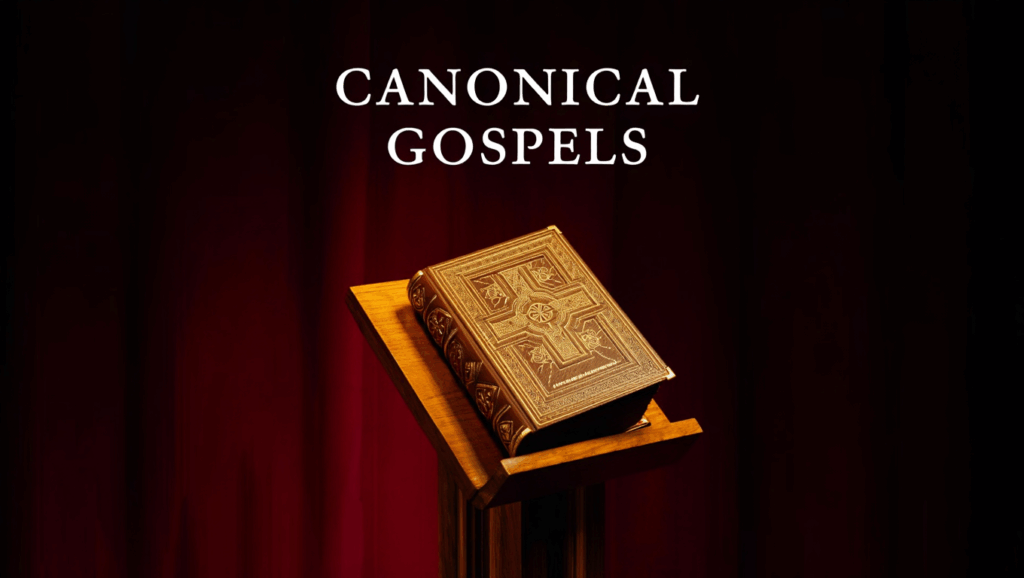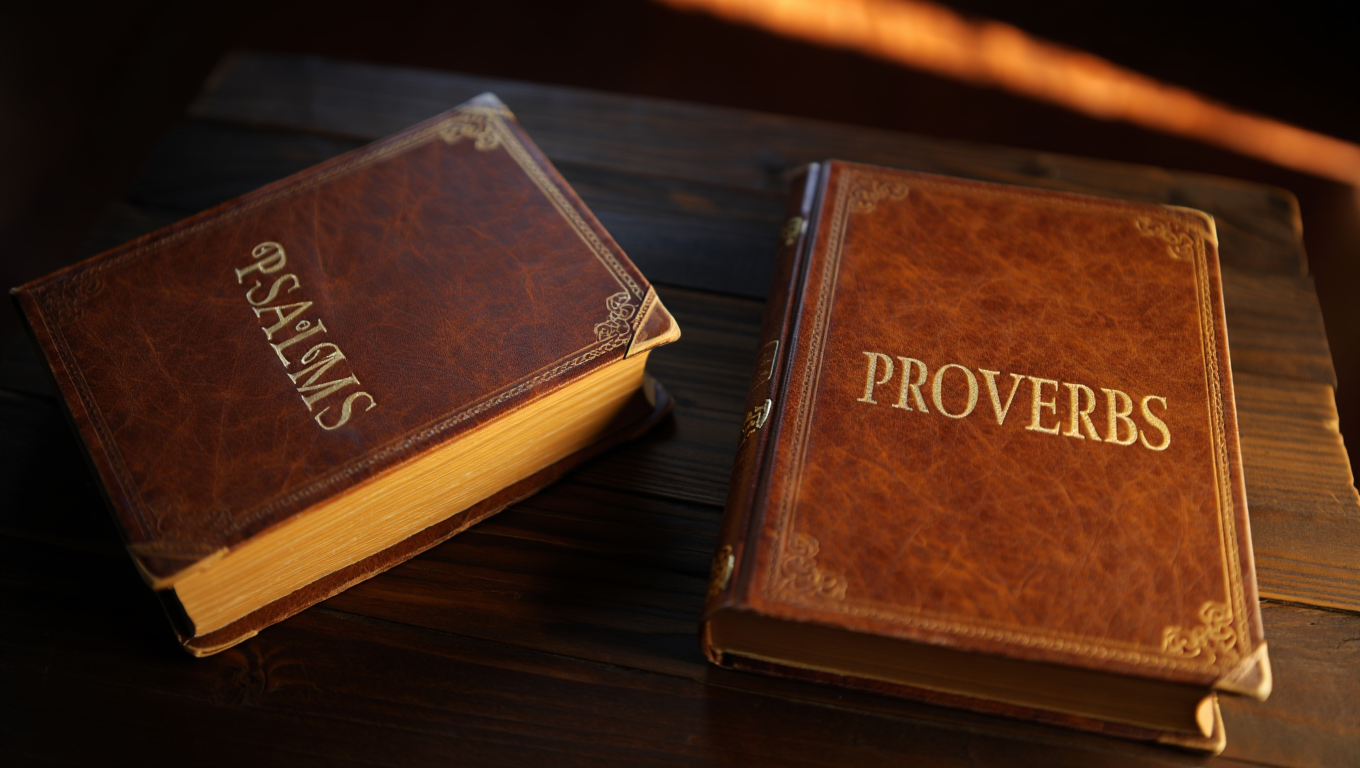The early centuries after Jesus saw many writings about him. Some became the familiar Gospels in the New Testament – Matthew, Mark, Luke, and John. These are called the canonical Gospels. But others, discovered much later, like the Gospel of Thomas or Mary, tell a different story. These are often called Gnostic gospels. Understanding how they differ helps clear up confusion about early Christian beliefs.
What are the canonical gospels

The canonical Gospels are the four books you find right at the start of the New Testament: Matthew, Mark, Luke, and John. Think of them as the officially accepted accounts of Jesus’s life and message within Christianity. Most scholars figure they were written down sometime in the first century after Jesus lived, maybe between 30 and 60 years after his death. So they’re relatively early compared to other writings.
These four texts quickly gained respect in the early church communities. Why? Well, they largely tell a similar story. They focus on Jesus’s birth, his teachings and miracles, his death on the cross, and crucially, his resurrection. The main message is that Jesus wasn’t just a teacher; he was God’s Son. And believing in him, in his sacrifice and return to life, offers forgiveness for our wrongdoings and a path to eternal life. These Gospels became the ‘canon’ – like a measuring stick – for what Christians generally believed.
What are the gnostic gospels
Then there are the Gnostic gospels. These texts popped up later, mostly in the second century AD and beyond. A big batch was found in Egypt in 1945 near a place called Nag Hammadi. You might hear names like the Gospel of Thomas, the Gospel of Philip, or the Gospel of Mary Magdalene. They offer a pretty different take compared to the first four.
Gnosticism itself was a varied movement, but a core idea runs through many of these texts. It’s this thing called gnosis, which is just Greek for knowledge. But it wasn’t everyday knowledge. It was secret, spiritual insight. Gnostics generally believed salvation didn’t come from faith in Jesus’s death alone, but through understanding this special wisdom. Jesus, in these writings, often acts more like a guide revealing these hidden truths.
Many Gnostic texts also had a dimmer view of the physical world. Some thought it wasn’t created by the highest God, but by a lesser, flawed being. So, the goal wasn’t just fixing sin, but escaping the material world altogether by gaining that secret knowledge Jesus shared.
Views on Jesus and salvation
This difference leads to quite distinct pictures of Jesus himself. The canonical Gospels (Matthew, Mark, Luke, John) present Jesus as unique. He’s both completely human and completely divine. He’s the Son of God, sent to Earth. His suffering, death, and physical return to life are central. These events make it possible for people to be forgiven for their sins and have a relationship with God, gaining eternal life through trusting him.
In many Gnostic texts, Jesus looks different. He’s mainly a spiritual teacher, a bringer of enlightenment. The focus is less on his physical suffering and more on the secret teachings he imparts. Some Gnostic ideas even questioned if his physical body was real or just seemed to be (a view called docetism), or thought his divine spirit didn’t actually suffer when his body did. So salvation isn’t primarily about being saved from sin through his sacrifice. It’s about being saved from ignorance and the trap of the material world by understanding the secret gnosis he revealed. It’s a path of enlightenment more than atonement.
Creation and the material world
How these two sets of gospels see the world itself is another major split. The standard Christian view, drawn from the canonical Gospels and Genesis, says God created the physical world. And He called it “good.” Yes, things got messed up by human sin, leading to suffering and death. But the world itself isn’t inherently bad. It’s God’s creation, and the belief is that it will eventually be restored or renewed.
Many Gnostic writings paint a starkly different picture. They often suggest the material world wasn’t made by the highest, true God at all. Instead, it was crafted by a lesser, maybe ignorant or even malevolent power – sometimes called the Demiurge. This makes the physical world, including our bodies, seem like a mistake or a prison for the divine spark within us. So, the goal isn’t to redeem this world or look forward to a physical resurrection within it. The aim is to escape it, to free the spirit from the flawed material realm through that special knowledge, gnosis.
Why the difference in acceptance
So why did Matthew, Mark, Luke, and John make it into the Bible while Thomas, Philip, and Mary didn’t? It wasn’t one single decision, but a process over time within the early church.
Several things played a role. The canonical Gospels were generally older, written closer to Jesus’s lifetime. They were also widely used and accepted across many early Christian communities from Rome to Egypt. Even though we might debate exactly who wrote them, tradition linked them to apostles or their close associates, giving them authority. Most importantly, their core message – about Jesus’s death and resurrection for salvation from sin, and God’s goodness in creation – lined up with what became the mainstream understanding of Christian faith (sometimes called ‘proto-orthodox’).
The Gnostic texts faced challenges on these points. They were mostly written later. They often presented views about Jesus, salvation, and the world that clashed quite strongly with the developing core beliefs of the wider church. Ideas like secret knowledge being needed for salvation, or the material world being evil, were seen by many early church leaders as drifting too far from the original apostolic message. So, while historically interesting, they ended up being viewed as alternative, and often conflicting, paths rather than the main road.
 Skip to main content
Skip to main content


